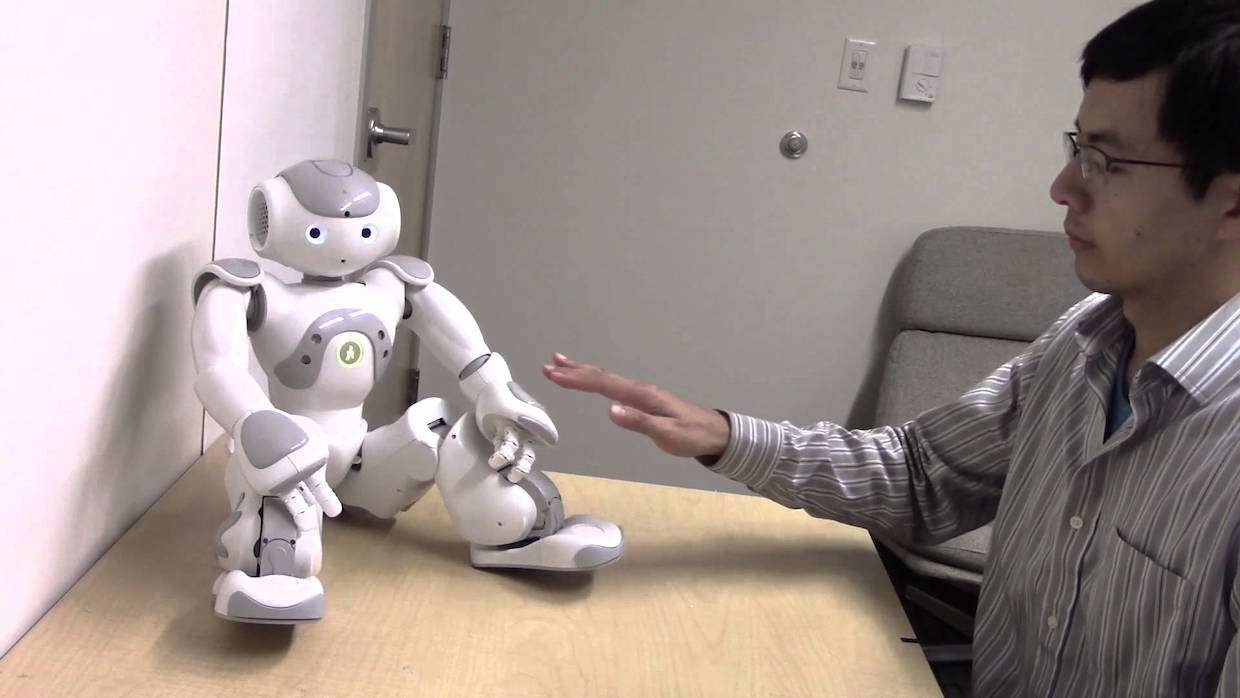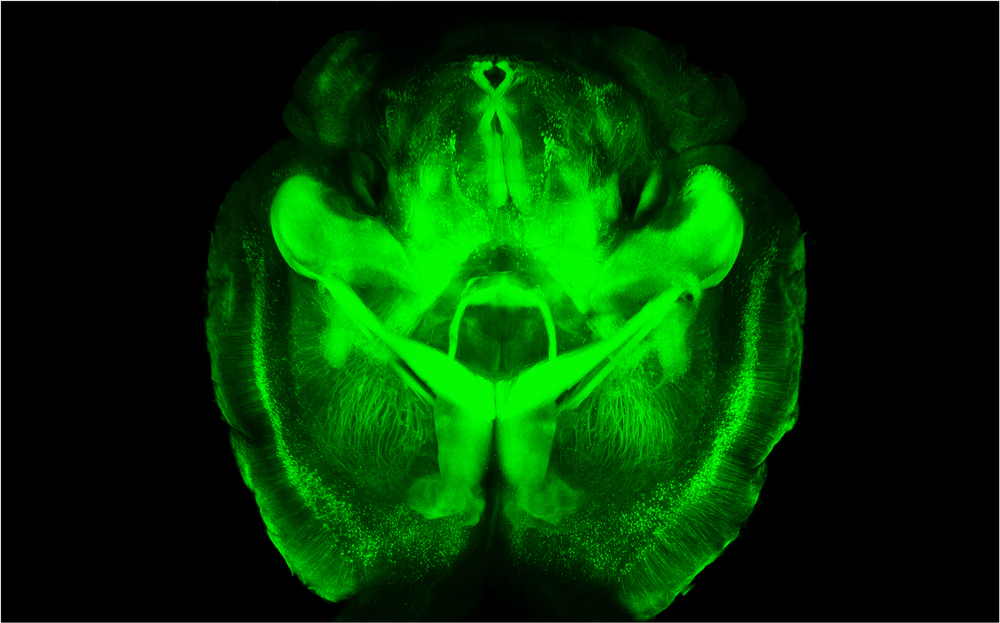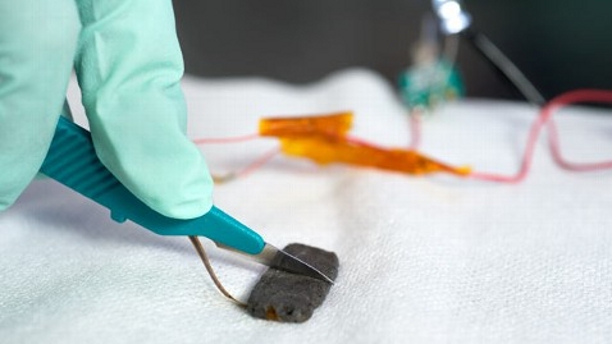
Fitness Trackers Are ‘Poor’ At Measuring Calories Burned
Don’t trust that fitness tracker data… While most are good at measuring heart rate, research shows they are poor at measuring calories burned.

Doctors Soundly Thrashed At Their Own Jobs By A Bit Of Software
The medical profession is a beautiful thing. Medical professionals on the other hand are as fallible, nasty and downright pathetic as any other human being can be, and don’t let them pretend otherwise. On a related note, a machine learning algorithm developed by researchers at Stanford University has absolutely thrashed epidemiologists when it comes to diagnosing cancer.

Humans Get Aroused When Touching A Robot's Naughty Bits, Study Shows
Humans do not find robots sexually attractive... That's what we thought until a recent study proved otherwise. Scientists from Stanford University found that people get physiologically aroused when touching the naughty bits of AI-controlled automatons.

Face-Tracking Tech Lets You Make Putin Pout And Bush Blush
Researchers from Stanford University and the University of Erlangen-Nuremberg have worked with the Max Planck Institute for Informatics to create face-warping technology. Using a clever bit of kit, the team can manipulate the faces of people on YouTube in real-time.

AI Can Predict Human Behaviour Now, As Machines Learn To Read Our Fiction
Stanford researchers have invented a new way for artificial intelligence to predict human behaviour, which is done by reading an online database of 600,000 fiction stories. If you were wondering what will give robots the edge when Skynet comes around, this would be a key element.

Graphene Transistors Created by DNA
You can probably draw a lot of comparison between Graphene and Uranium; when they were each first discovered they were the wonder material that promised to unlock the mysteries of the universe. The problems came in actually figuring out how to control and utilise the materials themselves. Uranium is inherently dangerous but has the potential to be the replacement of coal and other fossil fuels. Graphene may not be dangerous but it is equally unwieldy to control and to produce.
Stanford Creates A Transparent Brain. Analyse The Mind Like Never Before

Combining neuroscience and chemical engineering, researchers at Stanford University have developed a process to render entire brains transparent - allow researchers to analyse grey matter to a level of detail never seen before.
Stanford Researchers Build Million-Core Supercomputer

As you're aware, most computers have four processor cores, some have eight; but a team at Stanford have built a supercomputer that contains over a million cores.
This behemoth of a machine is called 'Sequoia,' and can be found at Lawrence Livermore National Laboratory (LLNL), in California. It contains a whopping 1,572,864 cores, and 1.6 petabytes of memory - that's 1.6 million gigabytes, almost enough to store the data of every academic library in the US.
Stanford Scientists Develop Pressure-Sensitive, Self-Healing 'E-Skin'

While work continues to be carried out on material that could ‘bruise’ to signal levels of damage (posing a future where the iPhone distorts in colour as wear and tear occurs), chemists and engineers at Stanford say they are on their way to developing a new ‘e-skin’ synthetic material that is not only sensitive to the touch, but also self-healing.

